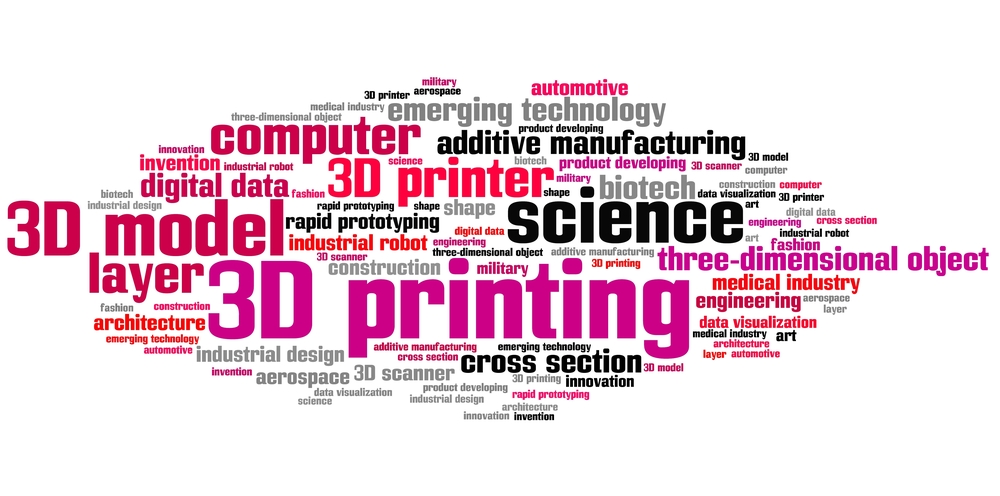Today design and build businesses are locked in a parasitic or perhaps symbiotic relationship with their toolmakers – the businesses that provide the design tools (CAD software) and manufacturing tools that produce the business output (CNC machines, 3D printers) . Design software marketing is at pains to promote products as providing features that make it so much more than a drafting tool. Features that add “done for you” design performed under the black velvet cloth. Sure, designers and manufacturers use professional discretion in the application of design tools and equipment, but today’s tools take up way more of the specialised knowledge and skill requirement for a task than was required when the designer worked on the drawing board and when the maker made the end product from drawings.
This is not a lament for days of old. I believe that by and large digital design and manufacturing tools perform very well and that their users in the main have the knowledge and skills to by able to work around any shortcomings that arise. The point I am making is that a significant amount of responsibility has passed to the digital tool makers and that responsibility is what they have sought by offering products that are designed to take that responsibility and marketed accordingly.
The quality of the design tools in turn is directly connected to the health and well being of the design and manufacturing tool creators. The importance of the product they make has made many of them significantly big businesses. Autodesk, PTC, Dassault Systemes – big business. The health and well being of these businesses is in turn dependent on their business leadership and their economic status – i.e. favour with investors.
So if I can connect the dots accurately on this picture or simulate all the linkages in this mechanism, the quality of a business using CAD software and engaged in 3D printing has a direct connection with the thoughts and actions of investors (whose principal objective is profit) and the guiding hand of leadership and organisation of the company that supplies my tools of trade.
I’ll leave the influence of business leadership, culture and organisation on end product quality for another discussion. The aspect I really wanted to share is the interesting one of how investors view the business of CAD/CAM/CAE coming from a purely capitalist investment angle, without perhaps the interest and excitement that is inherent in someone with a creative, engineering or technological interest.
In a recent article in The Motley Fool, Steve Heller discusses investor predictions and negative black swan events in the context of two 3D printing technology companies, 3D Systems and Stratasys.
In his book The Black Swan: The Impact of the Highly Improbable, risk engineering expert Nassim Taleb describes a black swan as “an event, positive or negative, that is deemed improbable yet causes massive consequences.”
What makes negative black swan events so dangerous is that they can’t be predicted en masse and therefore priced in by investors. Because the odds are seriously stacked against investors predicting the next black swan event, they’re likely better served by focusing on the major known external risks that could derail a long-term investment thesis for a stock or industry.
In the world of 3D printing, three major external risks now threaten 3D Systems (NYSE:DDD) and Stratasys (NASDAQ:SSYS) — the two largest companies in the space.
1. Capital spending dries up
2. Disruptive technologies
3. Falling prices
Heller’s article provides an interesting angle on the how companies that are commonly viewed in one way by their highly creative and technical customers are viewed in another different way by their investors.
[amzn_product_inline asin=’B00GOHIXWK’]







